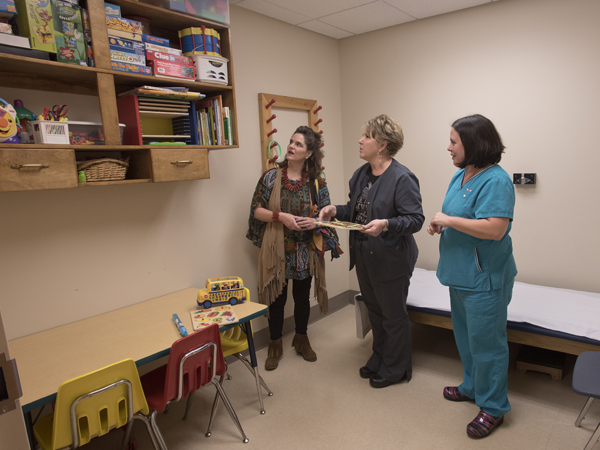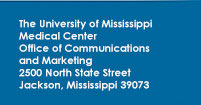|
A completely renovated Emergency Department and rehabilitative therapy offerings at the University of Mississippi Medical Center Holmes County means so much more than enhanced health care, residents there say. “For UMMC to make this investment is really good for the county,” said Charlie Joiner of West, the Holmes County administrator and one of dozens of people who Friday toured the refurbished hospital in Lexington. “It's a promise from UMMC that they're going to be there for us.”
|
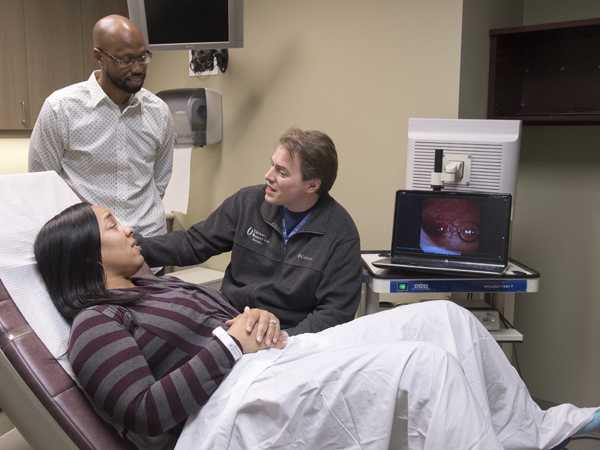
|
Ashley Maryland's two medical procedures done to figure out why she was having trouble becoming pregnant were like night and day.
|
|
Swapping scrubs for a business suit is a common transition for many holding administrative positions in health care today. The role of health-related administrator often follows a successful career as a health-care provider. Those more comfortable in an exam room than a board room may search for additional education to make the transition easier, but there's not much time for sitting in a classroom talking theory. What is needed is a practical, focused education that can be immediately applied in the trenches. For Sherry West, assistant professor of radiologic sciences and program director for Nuclear Medicine Technology at the School of Health Related Professions, the Doctor of Health Administration program at SHRP gave her practical knowledge that she has already applied at the Medical Center. West is a member of the first DHA cohort, which completed the program in May of 2015 and will walk at commencement in May of 2016.
|
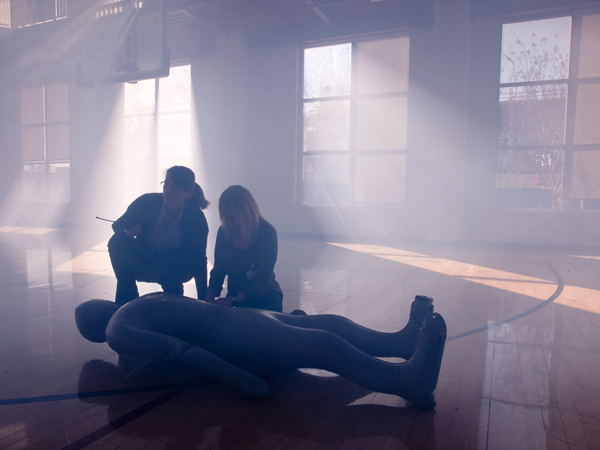
|
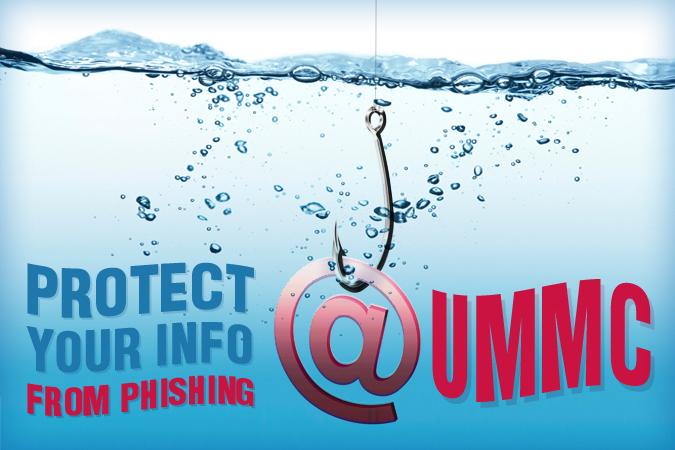
|
As we enter a new year at UMMC, the Division of Information Systems (DIS) would like to remind everyone to beware of phishing scams that could attack your personal and professional email accounts. Phishing is a form of online fraud in which an attacker tries to gain access to your account information by pretending to be a reputable individual or company via email.
|
|
The Medical Center is proud to announce the following additions to its faculty and leadership staff:
|

|
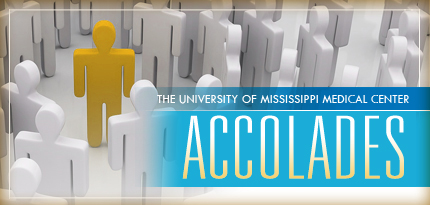
|
A national periodontology organization taps a School of Dentistry faculty member for a teaching fellowship, while dentistry student volunteers at the Jackson Free Clinic help earn a community leadership award.
|

